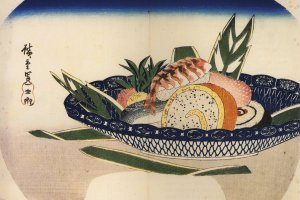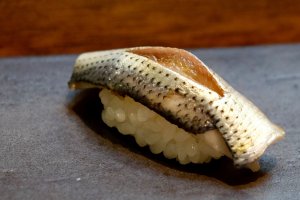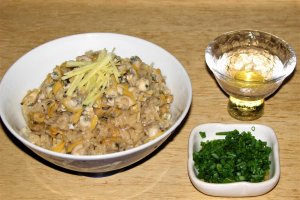Overview
Melting pot of the nation, international metropolis with more Michelin 3-star restaurants than anywhere else in the world, it's easy to overlook the fact that Tokyo actually has its own traditional cuisine. Born over several hundred years of Edo history, traditional Tokyo cuisine tends to have stronger flavours and is satisfyingly hearty, a reflection of its blue-collar heritage. Here is a simple guide to just some of the regional cuisine of Tokyo.
Sushi
Modern sushi actually comes from Tokyo. This Edo-mae sushi was created as a fast food dish for busy citizens of the Edo era and became one of the staple dishes with street vendors lining up to offer easy eats for passersby. Now served with an outstanding array of toppings, traditional sushi featured seafood caught from Edo Bay.

Fukagawa-meshi
Busy fisherman working the waters of Sumida River began to take advantage of the clams that gathered in the Fukagawa area. Served on a bowl of rice as a broth of clams, miso and chopped leeks, the humble Fukagawa-meshi literally became an essential dish of Tokyo households. It is now considered one of Japan's top five rice dishes.

Oden
Originally a skewered tofu dish served with miso, oden is a hotpot comfort food that became popular in the Edo period. Often served from street stall stands, oden features numerous possible ingredients like eggs, konjac, fishcakes and these days mustard. Gently stewed together, Tokyo's broth is traditionally a bonito flake and soy sauce-based one.

Dojou-nabe
A proper staple of the common folk during the Edo period, dojou-nabe is another hotpot dish, this time made of little eel-like loach fish, soy sauce and leeks. A variation exists known as Yanagawa-nabe. Here, the loach are simmered in a warishita stock with gobo burdock root and mixed with egg. Dojou-nabe restaurants are common in the Asakusa area.






























I've nerver had it. Does it taste good?